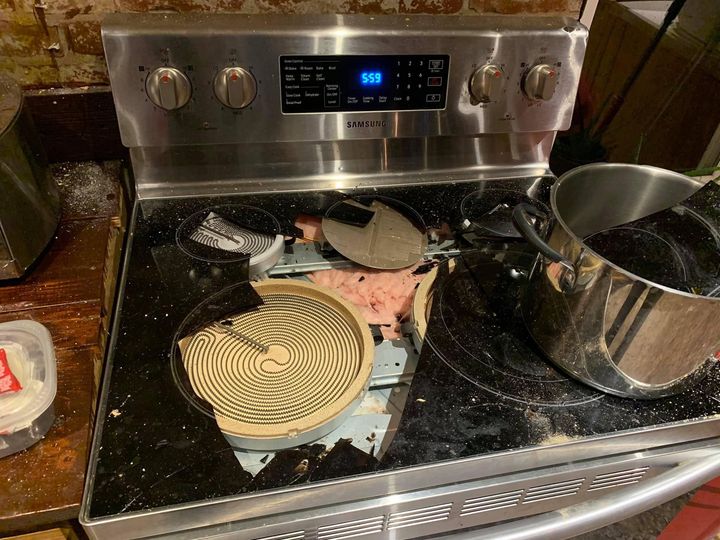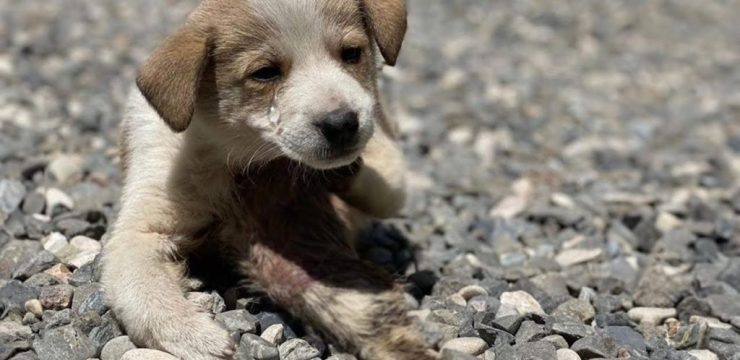The Allure and Fragility of Glass Top Stoves
Glass top stoves are the pinnacle of modern kitchen elegance. They offer a sleek, polished look that transforms any cooking space into a contemporary haven. Their smooth, flat surfaces make them a breeze to clean, and they can elevate your kitchen’s aesthetic appeal. But despite their stylish appearance, glass top stoves come with their own set of risks—risks that many homeowners overlook. Today, I’ll uncover a common mistake that could turn your beautiful cooktop into a shattered mess.

The Beauty and Risks of Glass Top Stoves
Why Glass Top Stoves Are Popular
There’s no denying that glass top stoves are a hit in modern kitchens. Their minimalist design and easy-to-clean surface make them a favorite among home cooks. Unlike traditional coil burners, these stoves have no nooks and crannies for crumbs and spills to hide, which means less scrubbing and more cooking. However, this ease of use comes with a caveat: the glass, while durable, is not as invincible as it seems.
Understanding the Glass Top Construction
Glass top stoves are made from tempered glass, which is designed to withstand high temperatures and direct heat from your pots and pans. Despite their strength, tempered glass is sensitive to rapid temperature changes and pressure. This is where the potential for disaster starts.
The Hidden Danger: Placing Hot Lids on Glass Top Stoves
Why Hot Lids Are a Problem
One of the most common and dangerous mistakes people make is placing a hot lid facedown directly on their glass top stove. At first glance, it might seem like an innocent action—after all, where else would you put a hot lid? But this seemingly harmless act can create a dangerous situation.
How the Vacuum Seal Forms
When you place a hot lid on a glass top stove, the heat from the lid becomes trapped between the lid and the glass. This trapped heat creates a vacuum seal, causing the lid and the glass to cling together tightly. As the stove cools down, the trapped heat attempts to escape, causing a pressure difference. This pressure difference can lead to the glass cracking.
The Consequences of a Cracked Glass Top Stove
From Cracks to Shattered Glass
The vacuum seal and resulting pressure can cause the glass to crack, spreading out in a spiderweb pattern. These cracks not only ruin the appearance of your cooktop but also compromise its structural integrity. A cracked glass top stove isn’t just an eyesore; it’s a serious safety hazard.
The Safety Risks
Imagine cooking on a cracked stove. The glass could give way at any moment, sending hot shards flying and posing a serious risk of burns or injuries. Additionally, cleaning up broken glass is never easy or safe.
Impact on Stove Functionality
Even if the stove doesn’t shatter completely, cracks weaken the glass, making it more susceptible to further damage. Cracks can also interfere with the stove’s heating elements, causing uneven cooking or even leading to short-circuits, which presents a fire hazard.
Preventive Measures: Keeping Your Glass Top Stove Safe
Avoiding the Hot Lid Mistake
To prevent this kind of damage, avoid placing a hot lid facedown on your glass top stove. Instead, use a heat-resistant trivet or place the lid on a cool, flat surface where it can safely cool down. This simple change in habit can save you from costly repairs and ensure your stove remains in top condition.
Choosing the Right Cookware
Compatible Cookware for Glass Top Stoves
Using the right cookware is crucial for maintaining your glass top stove. Avoid pots and pans with rough or warped bottoms, as these can scratch or damage the glass. Heavy cast-iron pans should be handled with care to avoid dropping them on the stove.
Maintaining a Clean Surface
Regular Cleaning and Maintenance
Keeping your stove clean is another key to preventing damage. Any small particles left on the surface can get trapped under cookware, causing scratches or heat damage. Make it a habit to wipe down your stove after each use and inspect the glass regularly for any signs of wear and tear.
Dealing with Cracks: What to Do
Immediate Action if You Notice a Crack
If you spot a crack in your glass top stove, stop using it immediately. Continuing to cook on a cracked stove can cause the glass to shatter completely, which is both dangerous and costly. Turn off the stove and avoid touching the damaged area.
Repair vs. Replacement
Depending on the severity of the crack, you might need to decide whether to repair or replace the stove. Small cracks may be repairable, but larger ones often require a full replacement of the glass top. Contact a professional to assess the damage and recommend the best course of action.
Conclusion: Safeguarding Your Glass Top Stove
Glass top stoves are a beautiful and functional addition to any modern kitchen, but they do require careful handling to avoid damage. By understanding the risks associated with placing a hot lid facedown and taking preventive measures, you can keep your stove in excellent condition for years to come. A little caution and proper care go a long way in ensuring your kitchen remains a safe and stylish space. So, next time you’re cooking, keep these tips in mind and protect your glass top stove from unnecessary damage.





